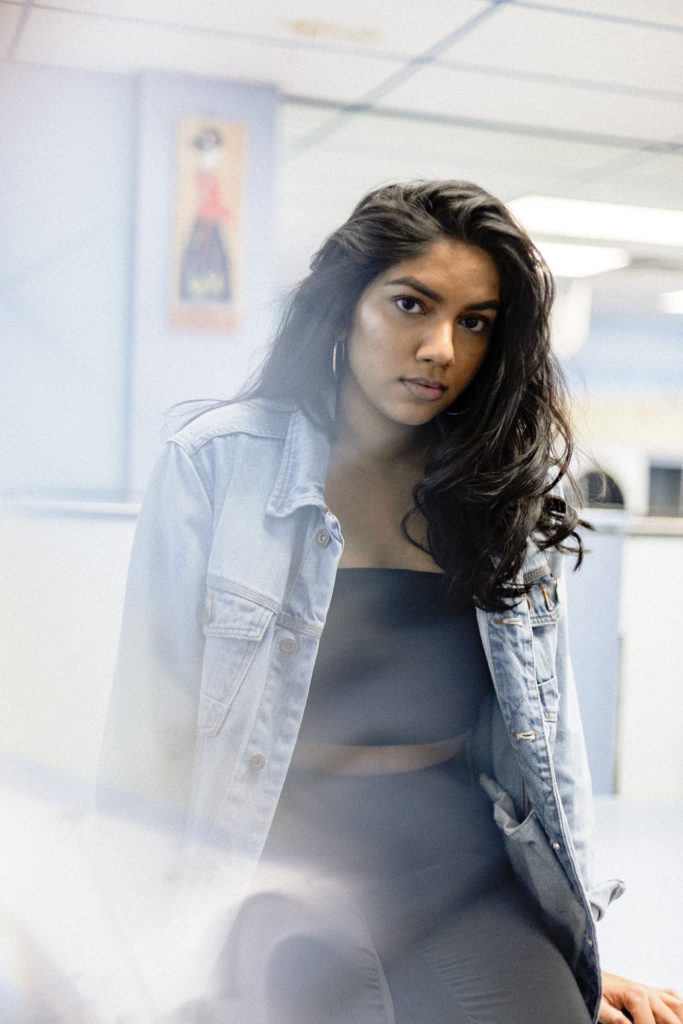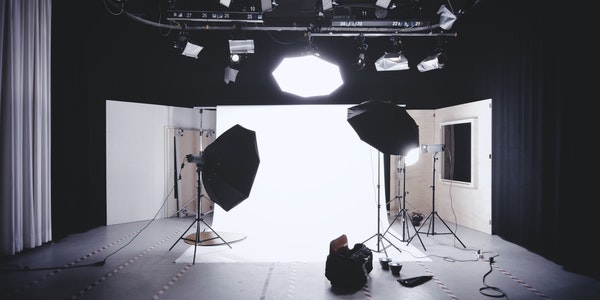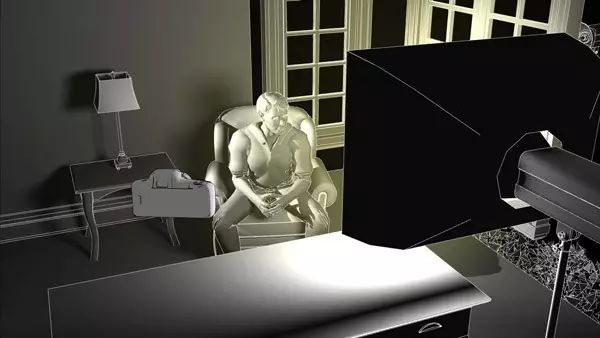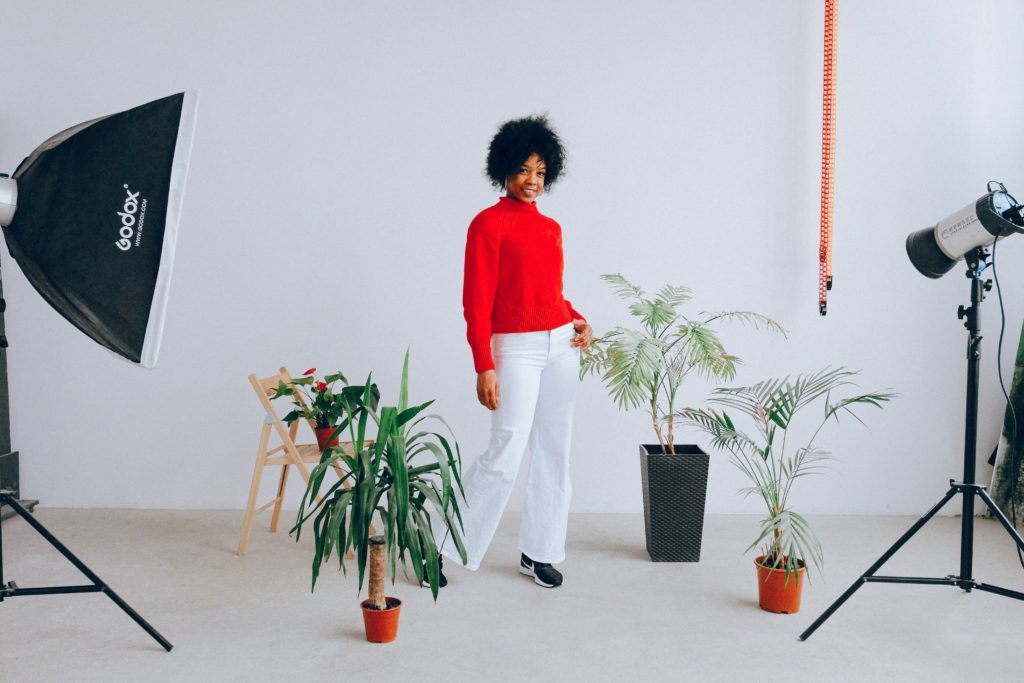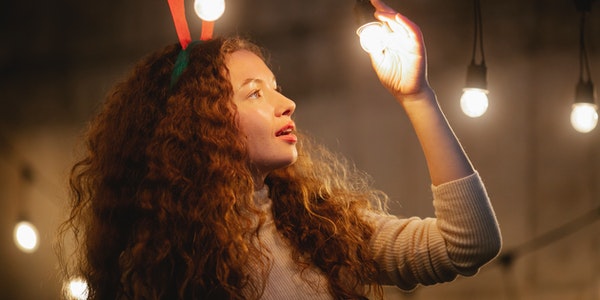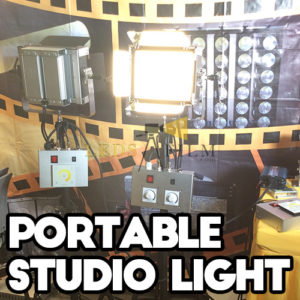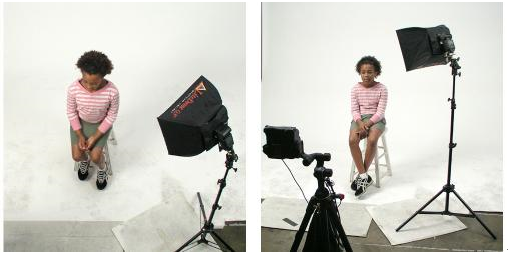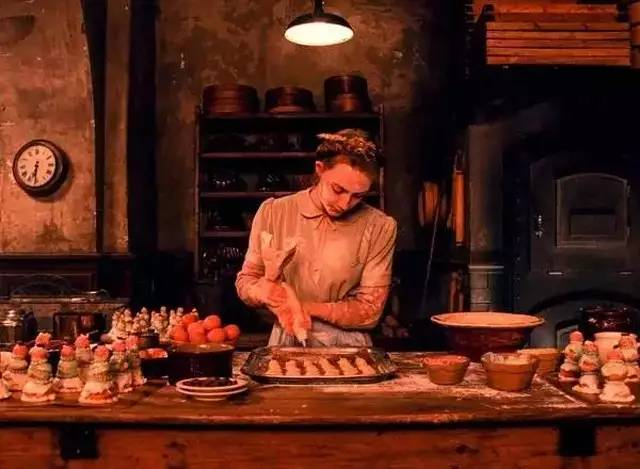Shooting in Various Weather Conditions
Shooting Under Rainy Conditions
Shoot in Rainy Days
Note for shooting in rainy days:
1) When it rains, you should choose a dark background to set off the shape of the rain, and the shutter speed should not be too high. Generally, a shutter speed of 1/30-1/60 seconds is appropriate to express the feeling of rain. If the shutter speed is too slow, the rain water will be drawn into long strips and become raindrops.
2) When shooting natural scenes, it is advisable to choose scenes with contrasts between far, middle and near scenes to enhance the performance of the sense of spatial depth.
3) When shooting color films, use bright colors to decorate the picture to make the picture vivid; such as colorful clothes, beautiful and gorgeous umbrellas, etc. to decorate the picture,
4) Pay attention to the impact of ground rain reflection on exposure,
5) Take care to protect the camera to prevent it from getting wet by rain. The lens should be equipped with a hood to prevent rain from splashing on the lens glass.
Snow Scene Shooting
There are two situations for shooting snow scenes: shooting in snowy weather and shooting in clear skies after snow.
- Shoot in snowy weather
On snowy days, the brightness of the sky and ground sceneries is higher than that on rainy days.
Characteristics of light: diffuse and soft, poor visibility. The white snow has a higher reflection law, and the contrast between snow and no snow is often extremely large.
When shooting people or scenery in a snowy sky, you should find the exposure reference point. People use the light on their faces as the basis for exposure. The scene should be based on the brightness of the shadows in the snow as the basis for exposure.
When the contrast of still life is too large, necessary supplementary light measures should be taken to reduce the contrast of light and darkness in order to obtain a proper tonal transition. A reflector or flash can be used as auxiliary light.
To express the scenery of flying snowflakes, the shutter speed is generally 1/60-1/30 seconds, which can show the movement of falling snowflakes; choose a dark background to bring out the snowflakes.
Using the snowy foreground can enhance the three-dimensional sense of the picture and enhance the expressiveness of the snow picture.
- Shoot when it’s snowing and sunny
Snow can reflect most of the sunlight, resulting in extremely bright shooting conditions and shooting environments. The contrast between light and darkness in snow-covered and non-snow areas is often extremely large, and it is necessary to use supplementary lighting measures to reduce the contrast and obtain an appropriate tonal contrast effect.
The exposure of people is based on the light on their faces. To express the texture of snow, side light, side backlight and back light must be used to enhance the three-dimensional effect. If the brightness of the entire scene is too large, a polarizer can be used to reduce the brightness. When shooting black and white photosensitive films, orange, yellow, and red filters can be used to absorb the reflections from the snow, which not only enhances the texture performance of the snow, but also reduces the brightness of the snow and adjusts the contrast.
When shooting on a snowy day, you should place the camera under a coat or other warm place. One is to prevent the shutter from being out of adjustment caused by excessive cold, and the other is to protect the energy of the camera’s battery. When returning to a warm room from the outside, moisture will appear on the lens, so let it dry naturally.
Fog Scene Shooting
Fog can create a soft light effect and make the scene present a rich layer. The foreground, middle ground, and background are relatively in the fog, and there is a strong sense of spatial depth. In a foggy scene, the picture can be concise and rich, and the picture is expressive.
When shooting foggy scenes, you should pay attention to choosing the position of the foreground, middle ground and background to enhance the performance of the sense of space. The foreground and middle ground should be dark and dark scenes.
Bright colors can enhance the vitality of foggy scenes and should be used carefully.
Photography should be mist. Some filters can be used to enhance or weaken dense fog, such as yellow and orange filters, can reduce the effect of fog.
Using a green filter can eliminate the brown fog caused by urban smoke and dust, and enhance the clarity of the picture.
There is too much water vapor in the fog, so care should be taken to protect the camera lens.
Sunrise and Sunset Shooting
Sunrise and sunset are beautiful and spectacular natural scenes. The light at this time has some characteristics different from sunlight in the general sense:
- The light changes greatly, and the brightness of the sun changes rapidly during sunrise and sunset.
- The spectrum component is mainly red,
- Accompanied by beautiful sunlight and colorful cloudscape,
- The light is softer and not dazzling.
At this time, the brightness of the ground scene is low, and compared with the sun itself, the brightness is very different.
Matters needing attention when shooting at sunrise and sunset:
1) The exposure control should be adjusted continuously to get the correct amount of exposure. It is best to use metering to control the exposure.
If you need to express ground scenes or people, use flash as auxiliary light to illuminate scenes or people.
2) When the sun does not look dazzling, the sun can be directly taken into the picture; when the sun is dazzling, it may reflect light on the lens and destroy the picture effect.
3) In order to create a sense of spatial depth, an appropriate foreground should be selected to create a contrast between the near and far and form a sense of depth.
4) If you want to show the radiant effect of the sun, you should use a small aperture, such as f/16 or f/11.
5) Pay attention to the decoration effect of sunlight and colorful clouds on the sunrise and sunset scenery. They can not only cooperate with the sun to make the picture complete and balanced, but also render the effect of sunrise and sunset, making the scenery more beautiful and spectacular.
6) Seasonal changes, different sunrise and sunset times, different locations, and different light effects.
According to these characteristics, we should grasp the timing of shooting sunrise and sunset. These changes also vary from place to place. If you arrive at a new place, you should inquire about the local climate characteristics, or observe the changes for a day or two before you can clarify the above-mentioned changes.
When shooting color films, daylight-type photosensitive films should be used to show natural colors.
When the light is dark at sunrise and sunset, the camera should be fixed on a tripod to ensure that the camera is stable, and the shutter cable should be used to activate the shutter to avoid vibration caused by hand movement.
Night Photography
- The characteristics of light source and light at night
The main light sources at night are: moonlight, starlight, and artificial light such as lights and firelights.
The brightness of moonlight is very low. Lights and fires are generally weak and uneven.
- Methods of shooting at night
1) Long exposure
The main technique for shooting night scenes is to use bulbs for long exposure. Use a tripod to keep the camera stable. There are shutter releases that cooperate with each other.
Control of exposure for shooting night scenes:
###Use long time exposure to make the light source produce special effects due to its own motion;
###Intentionally reduce some exposure, darken the sky and darken the ground, in order to preserve the special atmosphere of the night.
###Operate the camera carefully and move lightly to avoid changing the angle of view or shaking the camera.
2) Double exposure or multiple exposure function
The double exposure method refers to the use of the camera’s multiple exposure function to perform two exposures on the same film. When using this method, a tripod is required to fix the camera.
### Double exposure shooting moon scene
For the first time, the amount of exposure is controlled according to the light reception of the ground scene, so that the scene under the moonlight can be correctly exposed, while leaving the position of the moon on the screen. Generally in the upper half of the screen.
For the second exposure, place the moon in a reserved position and correctly control the exposure according to the brightness of the moon itself.
###Street view shot with multiple exposures for a long time
Fix the camera on the tripod and use the shutter release to open the door B.
When passing cars pass by, the lights will leave the car’s “trajectory” on the film, drawing long and bright colorful lines.
If the moving direction of the vehicle is chaotic, the lens cover can be used to cover the lens, and then the lens cover should be removed when shooting.
The action should be light during operation, and the camera must be kept stable.
3) Use auxiliary light to enhance the lighting effect
If there is insufficient light in the scene, auxiliary light can be used to enhance the illumination of the scene, so as to obtain the correct sensitivity of the scene.
When shooting night scenes, attention should be paid to maintaining the effect of the on-site light. The position and direction of the auxiliary light should be consistent with the on-site light; the auxiliary light cannot become the main light source, which is not a night scene.
Using a slow shutter speed to feel more on-site light is the main way to take good night scenes and express the atmosphere of the night scene.
Whether you are using flash photography to shoot night scenes or shooting news events, you should pay attention to controlling the angle of the flash and the intensity of the flash, and you must pay attention to preserving the night atmosphere.
If night flash photography is well controlled, the picture can be simplified and the subject prominent.
The famous American news photojournalist Vigie (1899-1968) was famous for taking night news photos, using all flashes to photograph news events that took place at night.
4) Use the reflections of water, ice, and smooth roads to render the night scene atmosphere
Water, ice, and asphalt roads on rainy days can reflect light and reflect reflections of scenery.
Reflecting light can enhance the brightness of the scene;
Reflected light and shadow can produce special effects in the picture and enhance the expressiveness of the picture.
If you use color films to shoot night scenes, you should choose light-type color films to correctly record the lighting effects.
It is also possible to use special effect filters such as rice-shaped mirrors (starlight mirrors) to make the lights form regular patterns and shapes to create special effects.
(To Be Continued)




